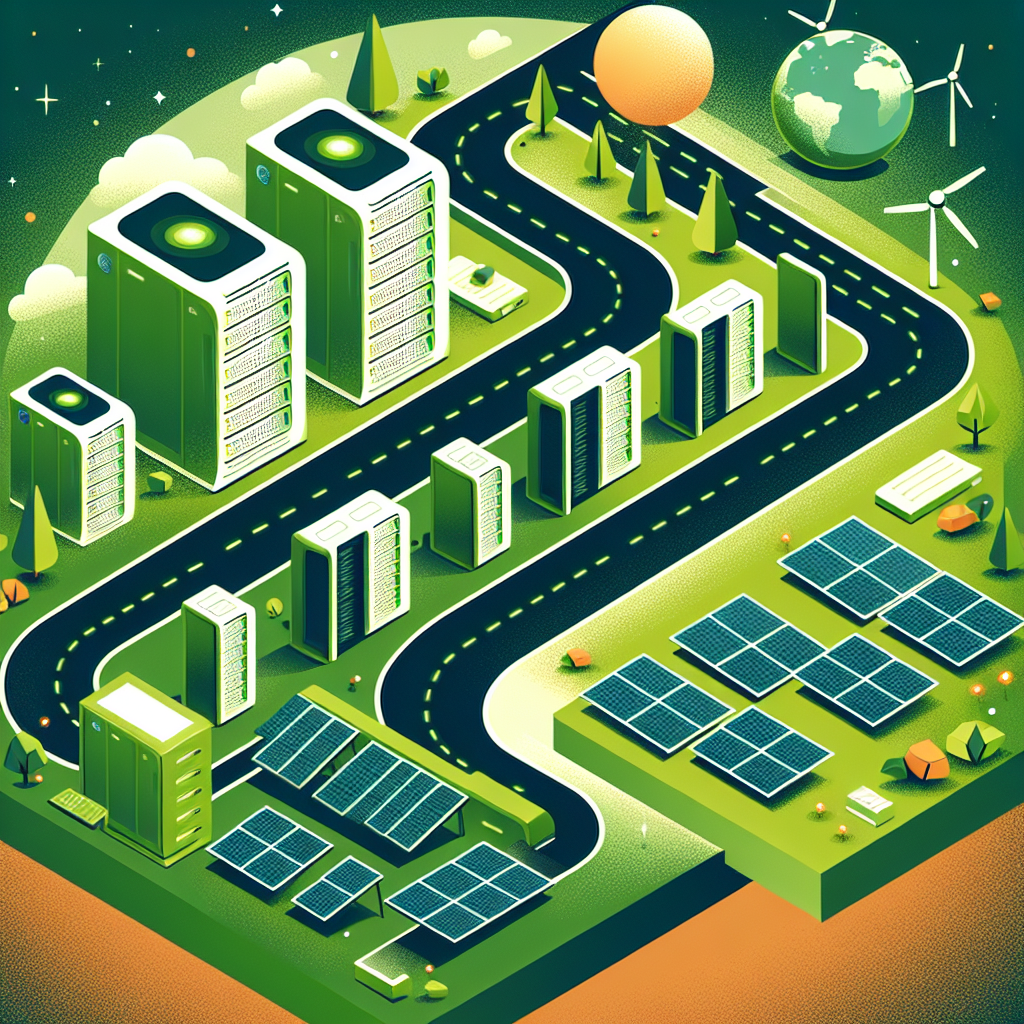Your cart is currently empty!
Navigating the Path to Energy Efficient Data Centers: Best Practices and Case Studies

In today’s digital age, data centers play a critical role in the functioning of businesses, governments, and organizations around the world. However, with the increasing demand for data storage and processing power, data centers are also becoming one of the largest consumers of energy. In fact, data centers are estimated to account for about 1% of global electricity consumption, and their energy usage is only expected to grow in the coming years.
In response to this growing concern, many data center operators are now focusing on improving the energy efficiency of their facilities. By implementing energy-saving measures and best practices, data center operators can not only reduce their environmental footprint but also save on operational costs. In this article, we will explore some of the best practices for navigating the path to energy-efficient data centers, as well as highlight some real-life case studies of successful energy efficiency initiatives.
One of the key best practices for improving the energy efficiency of data centers is to optimize cooling systems. Cooling accounts for a significant portion of a data center’s energy usage, so implementing strategies to reduce cooling requirements can lead to substantial energy savings. This can include using free cooling techniques, such as outside air or evaporative cooling, and implementing hot aisle/cold aisle containment to minimize hot and cold air mixing.
Another important best practice is to virtualize servers and storage systems. By consolidating multiple physical servers onto a single virtual server, data center operators can reduce the overall number of servers in operation, leading to lower energy consumption. Additionally, using energy-efficient hardware and equipment, such as Energy Star-rated servers and storage systems, can also help to improve energy efficiency.
Case Study: Google
One of the most well-known examples of a company that has successfully implemented energy-efficient practices in its data centers is Google. Google has been a trailblazer in the field of sustainable data center design, with a strong commitment to reducing its environmental impact. Google has implemented various energy-saving measures in its data centers, such as using advanced cooling technologies, implementing power management techniques, and using renewable energy sources.
In one of its data centers in Belgium, Google has implemented a free cooling system that uses outside air to cool the facility, reducing the need for mechanical cooling systems. This has helped the data center achieve a Power Usage Effectiveness (PUE) rating of 1.1, which is well below the industry average of 1.6. Additionally, Google has also invested in renewable energy sources, such as solar and wind power, to power its data centers, further reducing its carbon footprint.
In conclusion, navigating the path to energy-efficient data centers requires a holistic approach that incorporates a range of best practices and strategies. By optimizing cooling systems, virtualizing servers, and using energy-efficient hardware, data center operators can significantly reduce their energy consumption and environmental impact. Companies like Google have shown that it is possible to achieve high levels of energy efficiency in data centers through innovative design and technology. By following in their footsteps and implementing similar energy-saving measures, data center operators can lead the way towards a more sustainable future for the industry.

Leave a Reply